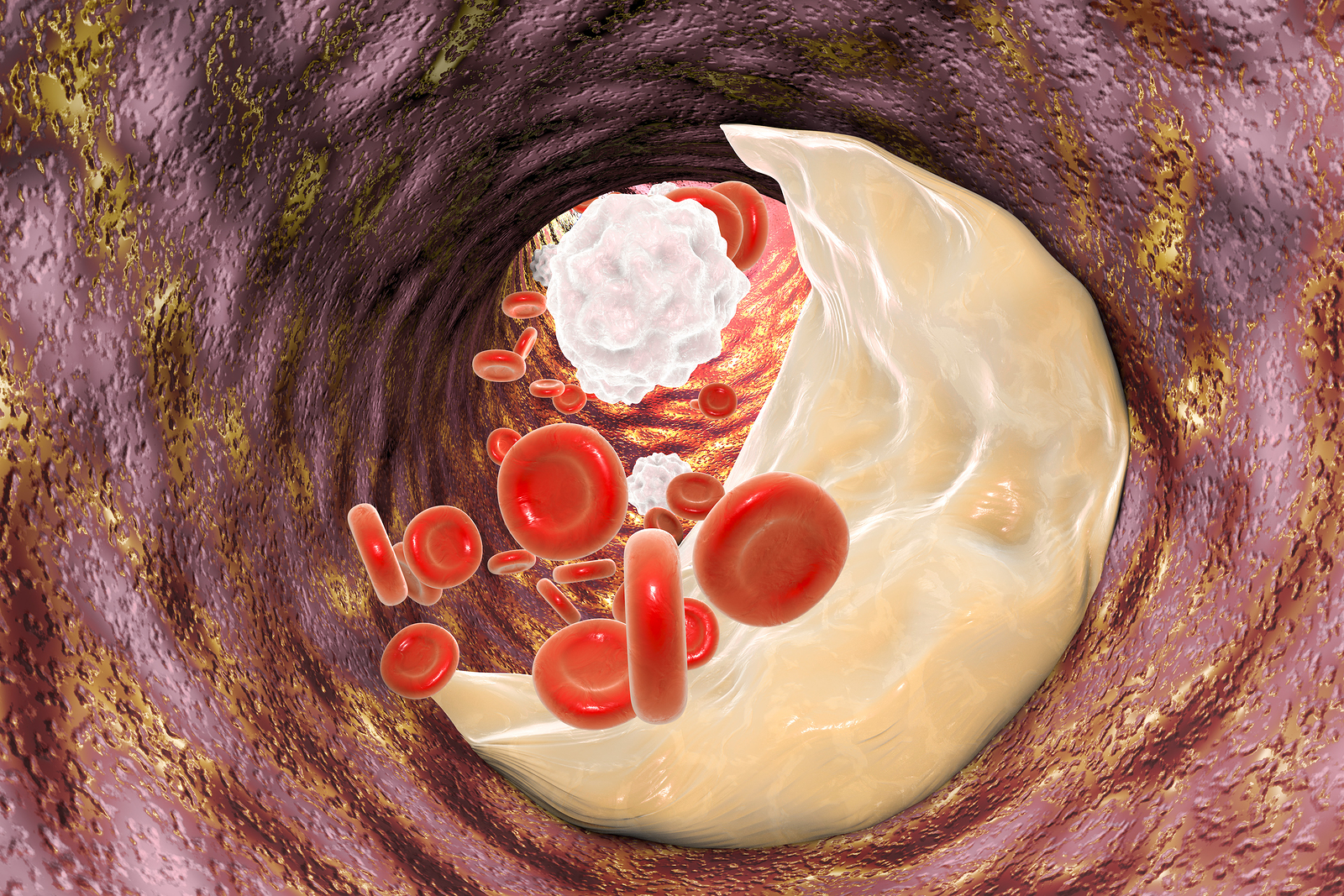
Despite considerable knowledge regarding the importance of stress in coronary artery disease (CAD) pathogenesis, its underestimation persists in routine clinical practice, in part attributable to lack of a standardized, objective assessment. The current study examined the ability of stress hormones to predict CAD severity and prognosis at basal conditions as well as during and following an exertional stimulus.
Forty Caucasian subjects with significant coronary artery lesions (≥50%) were included. Within 2 months of coronary angiography, cardiopulmonary exercise testing (CPET) on a recumbent ergometer was performed in conjunction with stress echocardiography (SE). At rest, peak and after 3 min of recovery following CPET, plasma levels of cortisol, adrenocorticotropic hormone (ACTH) and NT-pro-brain natriuretic peptide (NT-pro-BNP) were measured by immunoassay sandwich technique, radioimmunoassay, and radioimmunometric technique, respectively. Subjects were subsequently followed a mean of 32 ± 10 months.
Mean ejection fraction was 56.7 ± 9.6%. Subjects with 1-2 stenotic coronary arteries (SCA) demonstrated a significantly lower plasma cortisol levels during CPET compared to those with 3-SCA (p < .05), whereas ACTH and NT-pro-BNP were not significantly different (p > .05). Among CPET, SE, and hormonal parameters, cortisol at rest and during CPET recovery demonstrated the best predictive value in distinguishing between 1-, 2-, and 3-SCA [area under ROC curve 0.75 and 0.77 (SE = 0.11, 0.10; p = .043, .04) for rest and recovery, respectively]. ΔCortisol peak/rest predicted cumulative cardiac events (area under ROC curve 0.75, SE = 0.10, p = .049). Cortisol at rest and following an exercise test holds predictive value for CAD severity and prognosis, further demonstrating a link between stress and unwanted cardiac events.
No comments:
Post a Comment